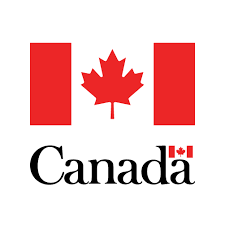
Closed
Trademarks
Last Update: October 27, 2025
Canada
Register or renew a trademark
Other Support
At a glance
Funding available
Financing goals
No objectives are currently available
Eligible Funding
- No Condition
Timeline
- Open Date : January 1, 2023
- Closing date : May 31, 2023
Eligible candidates
Eligible Industries
- Professional, scientific and technical services
Location
- Canada
Legal structures
- Financial cooperative
- Non-profit
- Public or Parapublic institution
- For-profit business
- Sole proprietorship
- Non-financial cooperative
Annual revenue
- All revenue ranges
Organisation size
- All organization sizes
Audience
- All groups
Non-profit candidates
Sector of operation
- Law and Legal Services
- Economic, Social and Community Development
- Business Associations
- Professional Associations
Target group
- Business owners / entrepreneurs
- Artists / creatives
- Nonprofits / charities
Revenue structure
- All structures
Scope
- National
- International
Overview
Learn about, search or apply for the registration or renewal of a trademark to distinctly identify your business and protect your intellectual property in Canada and abroad.
Activities funded
- Registering a trademark for goods or services in Canada.
- Renewing an existing trademark registration.
- Transferring ownership of a registered trademark.
- Submitting a trademark application for international registration.
- Initiating proceedings for the expungement of a trademark registration.
Examples of admissible projects:
$ 500
Trademark retrieval service for a limited partnership tech startup
$ 1,000
Trademark registration for a new line of eco-friendly kitchen appliances
$ 1,150
Trademark registration for a nonprofit educational program
$ 1,000
Trademark opposition for a sole proprietorship fashion boutique
$ 650
Trademark renewal for a well-established food cooperative
$ 750
Madrid Protocol designation for a general partnership exporting crafts
Eligibility
- The applicant must be a "person," which can include an individual, partnership, trade union, association, joint venture, or corporation.
- The trademark application must be for a trademark that distinguishes the goods or services of the applicant from those of others.
- The application must include a representation or description of the trademark and a clear statement of the goods and services it will be used with.
- The application must comply with the requirements of the Trademarks Act.
Who is eligible?
- Individuals
- Partnerships
- Trade unions
- Associations
- Joint ventures
- Corporations
Eligible expenses
- Trademark application fees (base fee and additional class fees).
- Fees for the renewal of trademark registration every 10 years.
- Professional fees for hiring a registered trademark agent to prepare and file the application.
- Costs for conducting searches in the Canadian Trademarks Database.
- Expenses for preparing representations or descriptions of the trademark in required formats (including colour, sound, or multimedia elements, if applicable).
- Fees associated with opposition proceedings or extensions related to opposition and expungement actions.
Eligible geographic areas
- Companies and individuals operating in Canada.
How to apply
1
Search Existing Trademarks
- Search the Canadian Trademarks Database to check for existing similar trademarks.
- Consider trademark similarities in spellings, including translations.
2
Prepare Application
- Gather necessary information: name, mailing address, trademark representation, and description.
- List goods and services using specific and ordinary commercial terms according to Nice Classification.
- Prepare to include the application fee payment method.
3
File Application
File your application online or send a completed application and fee by mail to the Office of the Registrar of Trademarks.
4
Application Review
The Registrar reviews the application for completeness and assigns a filing date.
5
Examination Process
- The Office examines the application, checking for conflicts and compliance with the Trademarks Act.
- Respond to any objections raised by the examiner.
6
Pre-Publication Search
The Office conducts a pre-publication search for any new conflicting trademarks.
7
Publication
The application is published in the Trademarks Journal for the public to review and oppose within a set period.
8
Opposition
Handle any oppositions filed against the application and respond accordingly.
9
Registration
- If no opposition, or opposition is resolved in your favor, the trademark is registered.
- Receive a certificate of registration.
Additional information
- Trademark registration in Canada lasts for 10 years and can be renewed every 10 years by paying the required fee.
- Trademark owners are responsible for monitoring and enforcing their rights; the authorities do not monitor infringement on behalf of trademark owners.
- If a trademark is not used in Canada for three years, it may be subject to expungement proceedings under section 45 of the Trademarks Act.
- There are no legal requirements for marking a trademark, but commonly used symbols include ®, TM, SM, and MC.
Apply to this program
Frequently Asked Questions about the Trademarks Program
Here are answers to the most common questions about the Trademarks. This section explains what the program is, how much funding is available, eligibility requirements, application deadlines, and other important details to help you determine if this grant is right for your business.
What is the Trademarks?
How much funding can be received?
What expenses are eligible under Trademarks?
What is the deadline to apply?
Is the Trademarks a grant, loan, or tax credit?
Who are the financial supporters of the Trademarks?
Who is eligible for the Trademarks program?
Who can I contact for more information about the Trademarks?
Where is the Trademarks available?
Apply to this program
More programs like this
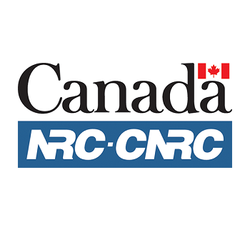
Grant and FundingClosed
Industrial Research Assistance Program (IRAP) – AI Assist
National Research Council Canada (NRC)Supports Canadian SMEs in adopting and integrating advanced AI solutions

Wage Subsidies And InternsOpen
Industrial Research Assistance Program (IRAP) — Youth Employment Program (YEP)
National Research Council Canada (NRC)Money to hire a student

Researchers And FacilitiesPartnering and CollaborationWage Subsidies And InternsOpen
Mitacs Accelerate
MitacsConnect organizations with academia for research and innovation collaboration
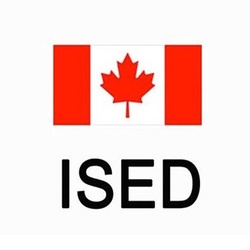
Closed
ISED — Artificial intelligence (AI)
Innovation, Science and Economic Development Canada (ISED)Supports testing innovative AI prototypes for Canadian government needs

Grant and FundingOpen
Global Innovation Clusters
Innovation CanadaFinancial assistance to work in collaboration on innovation projects
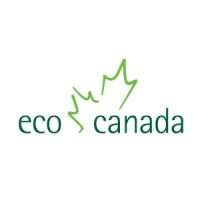
Wage Subsidies And InternsOpen
ECO Canada — Student Work Placement Program
ECO CanadaMoney to hire students for an environmental co-op

Grant and FundingOpen
IP for Business
Canadian Intellectual Property Office (CIPO)Intellectual property training, tools and expertise
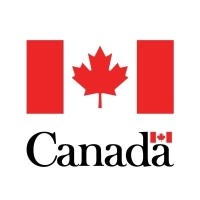
Grant and FundingClosed
Enhanced Road Safety Transfer Payment Program (ERSTPP)
Transport CanadaFunds projects to enhance road safety and reduce traffic injuries
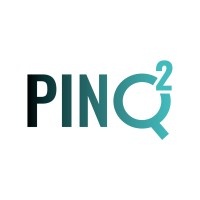
Researchers And FacilitiesExpert AdviceOpen
Digital and Quantum Innovation Platform — PINQ²
Plateforme d'Innovation Numérique et QuantiqueGet expert advice and the use of a high-tech environment
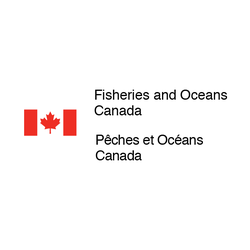
Grant and FundingClosed
Canada Nature Fund for Aquatic Species at Risk (CNFASAR)
Fisheries and Oceans Canada (DFO)Supports recovery and protection of aquatic species at risk
Sign up to our platform to access the Trademarks information sheet for free
Get access to 4,000+ programs, practical guides, personalized alerts, and an AI assistant to support your grant applications.